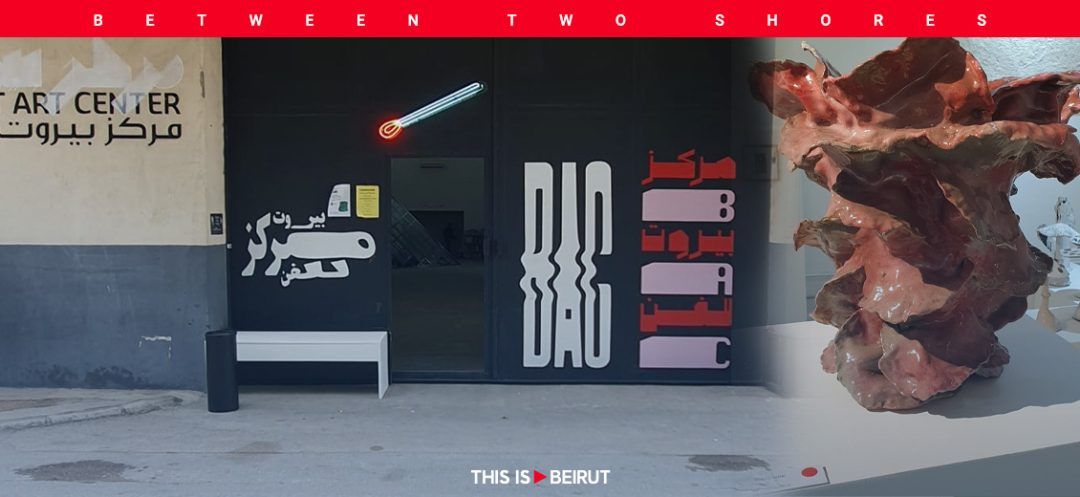
Since the onset of the political and economic crisis in Lebanon, contemporary art has faced significant challenges. Nevertheless, the Beirut Art Center, a linchpin of Beirut’s contemporary art scene, has demonstrated remarkable resilience. The center is currently hosting “BAC Design,” a collective exhibition showcasing the work of 34 designers, from December 12, 2023, to January 27, 2024. A portion of the proceeds from this event will be donated to support the Beirut Art Center.
This initiative is particularly praiseworthy in light of the ongoing conflict near Lebanon’s southern border. Despite these challenges, 34 artists and creators have come together at the Beirut Art Center to display their works and keep the institution’s vibrancy alive. The exhibition features an impressive array of contemporary art from both established and emerging designers. On display are collectible furniture pieces, an assortment of eclectic items, ceramics, accessories, and jewelry (including brooches, necklaces, rings, earrings, and bracelets), as well as garments (like kimonos and capes) crafted from a variety of materials such as crystal, granite, concrete, wood, and textiles. From 2010 to 2014, the BAC organized 22 exhibitions featuring Lebanese designers, including several solo shows.
Founded in 2009 by gallerist Sandra Dagher and artist Lamia Joreige, the Beirut Art Center was established for the exhibition of contemporary art by both international and regional artists. It also hosted conferences, film screenings, theatrical performances, and an experimental music festival. The center, along with Ashkal Alwan, was among the few contemporary art institutions in the region. In 2014, curator Marie Muracciole took over its direction, continuing until the onset of the political-financial crisis in 2019. The directorship was later shared by Haig Aivazian, Ahmad Ghossein, and Rana Nasreddin, who have managed to sustain the BAC’s dynamism despite the crisis. Operating a non-profit art space in such conditions presents substantial challenges.
In a discussion with Ici Beyrouth, Reem Shadid, who became the BAC’s artistic director in January 2023, shared her insights. With the Lebanese state in turmoil, artists have little hope of receiving government financial support. Shadid notes, “Securing financial support has become a major challenge. Prior to 2019, banks were a reliable source of aid, but that changed with the crisis. Thankfully, we still have private donors, many of whom serve on our board of directors, in addition to limited support from cultural institutions, which now have to distribute their budgets among multiple applicants.”
Shadid also points out the significant departure of renowned artists and cultural professionals to Europe, the United States, and Gulf countries following the port explosion. They left because they could no longer work in the prevailing conditions. “However, this exodus doesn’t mean a lack of competent individuals; quite the opposite. But it’s undeniable that our support networks have been impacted,” she explains.
Moreover, she mentions that interactions with the Arab world and international visibility have substantially diminished due to the country’s instability. “Staying connected is crucial,” she asserts. “We aim to keep engaging with artists, to observe and share creative endeavors.”
In order to remain operational, the BAC needs to generate funds. The board of directors contributes to the budget, and Shadid emphasizes, “This exhibition’s primary objective is fundraising. Maria Ousseimi, an artist and board member, has been instrumental in this effort.”
The Beirut Art Center, as Shadid highlights, is fundamentally experimental. “It’s more than just a museum; it’s a dynamic hub with a diverse range of programs, accessible to all. Our activities include contemporary art exhibitions, film screenings, performances, artist residencies, and children’s workshops. We even have a community garden on the BAC’s rooftop, where people gather on Saturdays to cultivate vegetables, exchange knowledge, and engage in communal learning. It’s also a space for contemplation.”
Shadid, in her first year as director, has energetically maintained a weekly schedule of workshops, sessions, screenings, and performances at the BAC. She is particularly focused on involving public schools, which are often lacking in cultural activities, and is planning to collaborate with teachers. “Our aim is for children to participate in workshops at the BAC. We’re dedicated to developing innovative and thought-provoking activities,” she says. The ultimate goal is to foster a dialogue about the role and impact of art in our lives.
Currently, two other exhibitions are drawing diverse audiences. In the BAC’s central hall, visitors can experience “Municipalities,” an architectural installation by Marwan Rechmaoui in the form of a glass pyramid, which explores spatial concepts. In another room, Jalal Toufic presents “Five Hitchcock films as you’ve never seen them before,” offering a unique interpretation of five films by the iconic director.
The Beirut Art Center is open Tuesday through Friday from 12 PM to 7 PM, and on Saturdays from 12 PM to 5 PM.
Read more
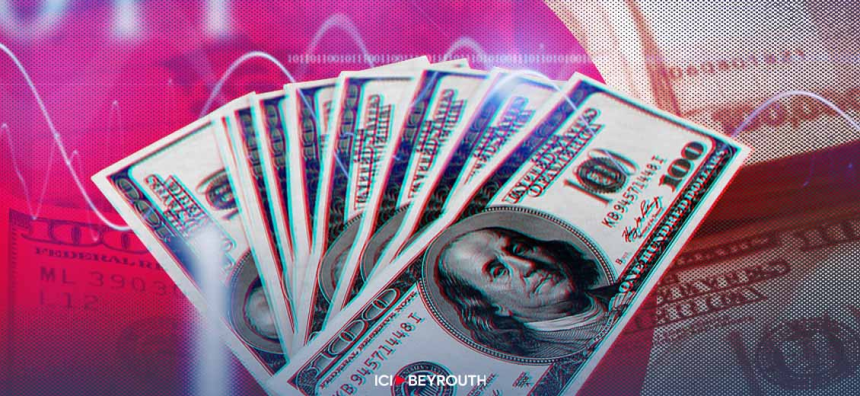
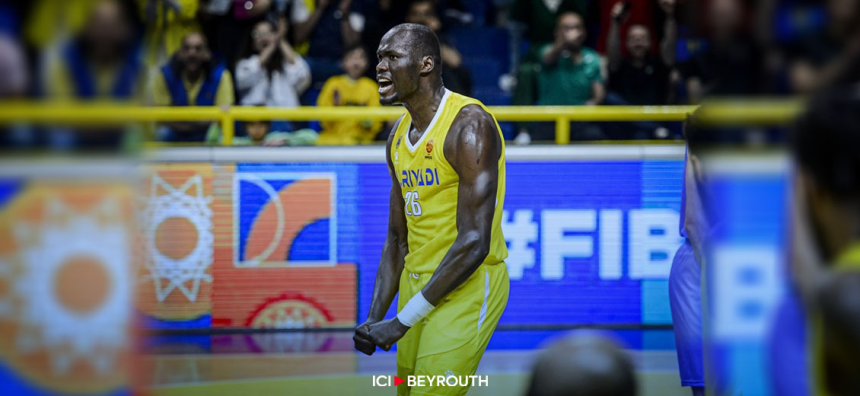
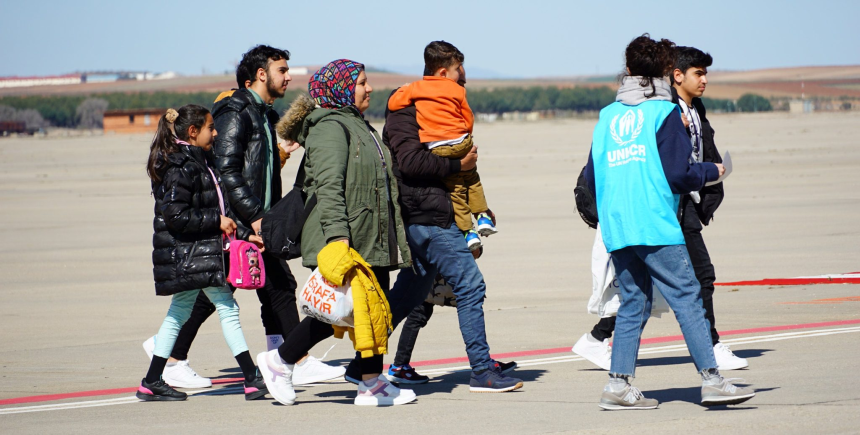
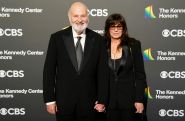
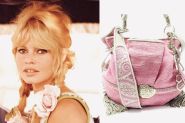

Comments